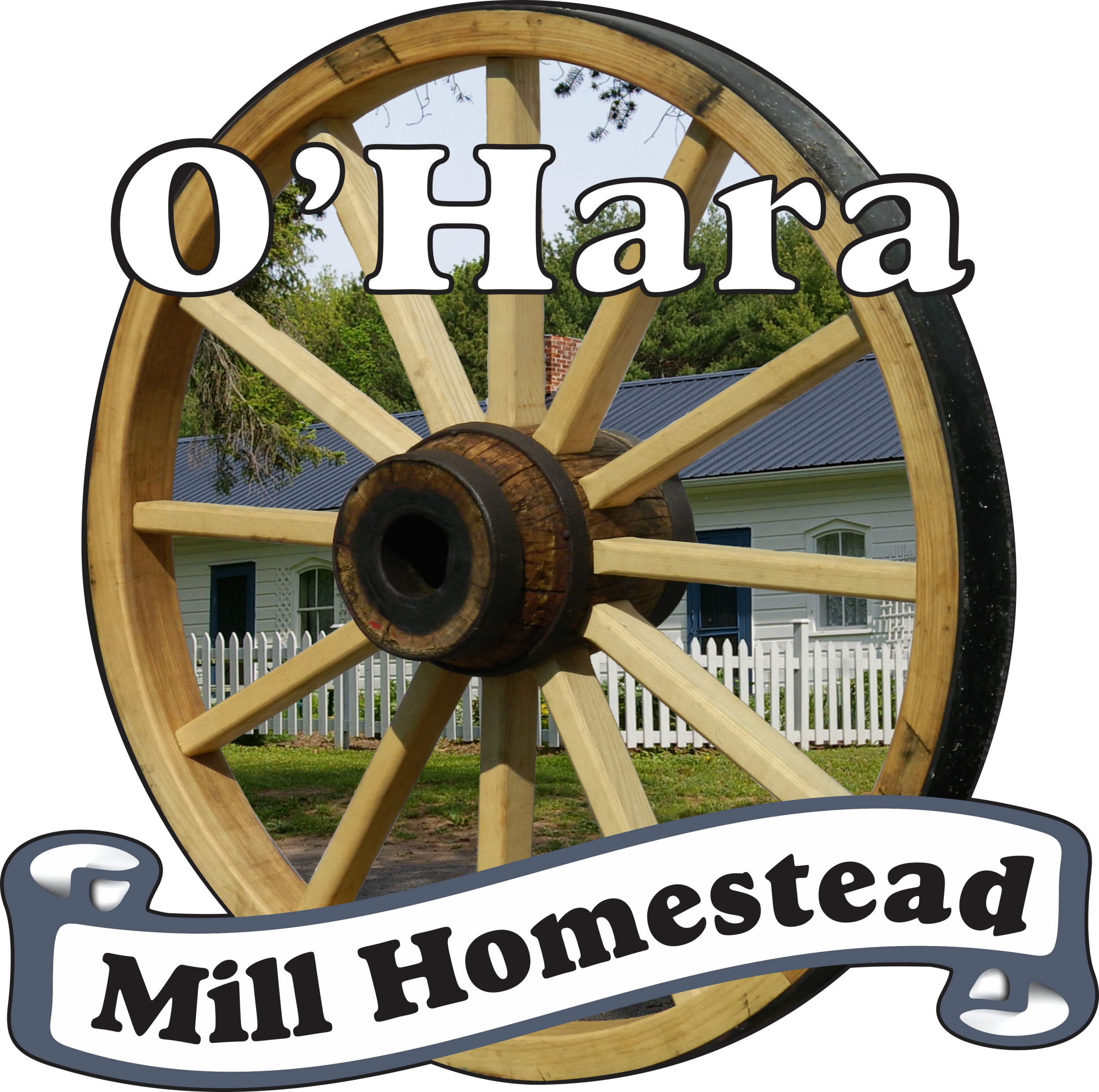Keeping Things Cool - A Look At Food Preservation on The Homestead
Food Preparation and Preservation/ July 22nd, 2021
Today we will be looking at a number of ways that the pioneers would preserve their food over the long winter months and throughout the year in general! We will take a look root cellars, spring houses and ice sheds, all of which allowed the pioneers to keep food much longer than they otherwise would have been able to and ensured survival.
Root Cellars
Inside a Root Cellar
One of the best ways to store food during the early days of settlement in Ontario was by building a root cellar. These would often be built underneath a house or into the side of a hill. The O’Hara family had one in their house which is accessible through the pantry in the winter kitchen.
For those who don’t know, a root cellar is “any storage location that uses the natural cooling, insulating, and humidifying properties of the earth.”
“The cool temperatures slow the release of ethylene gas from the crops and stop the growth of microorganisms, which slows down ripening and decomposition.”
“The high humidity level prevents loss of moisture through evaporation—and the withering look that goes along with it”.
The conditions created in a root cellar are ideal for storing root vegetables including: potatoes, carrots, beets, and parsnips. It’s also the perfect place to store canned foods such as pickled vegetables. You can even store bulbs for flowers in one!
Root cellars are not just a thing of the past! In fact they are a great way to be more sustainable and to save money as they allow you to store vegetables longer so you don’t have to go to the store as often!
If you are thinking of making your own root cellar its good to know that you can’t make one in very warm climates, areas with high water table levels or anywhere near a septic tank!
Spring Houses
A spring house operates in a similar way to a root cellar but takes advantage of the water instead of the earth and allows for produce and dairy products to be kept cool!
An example of a spring house
Spring houses were small buildings, often single-room, that were constructed on top of a spring or creek. The spring water would rest in a stone lined depression and channels would be dug for the excess water to leave in small streams. In the case of it being built over a creek, a large walled channel would be dug all the way through the house to allow the continuous flow of the creek. The building itself was most commonly built directly into a hillside or constructed of clay or wood.
Spring houses had two purposes; one was to keep freshwater clean and free of debris like leaves, pine needles, dirt, and other foreign material. This purpose was especially important before the introduction of wells. Since springs and streams were common and easy to find, utilizing them would have been easier than digging a well early-on in a new settlement. The other purpose was refrigeration; the cool temperature and humidity from the water provided ideal conditions to keep meat, produce, and dairy from spoiling.
Ice Sheds
Ice houses, or sheds, are exactly what they sound like. In the winter, square pieces of ice would be cut from frozen lakes or ponds. The ice would then be taken to the ice house to be kept through the warmer seasons. In order to keep the ice frozen, the houses would most often be built partially or entirely underground to keep temperatures low. The walls of the ice house would be insulated with straw or sawdust to maintain low temperatures. If the ice house was built well, the ice could last many months past the winter, even up until the next winter.
The ice house was most commonly used to refrigerate perishable food items. The ice itself would be used in desserts, such as ice cream, and refreshing drinks to keep them cool!
We hope now you know just a little more about food preservation on the Homestead, it really makes you appreciate the conveniences of today!
𝓗𝓮𝓪𝓽𝓱𝓮𝓻 & 𝓜𝓲𝓪


